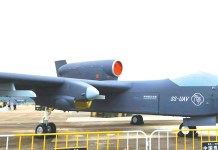Two unrelated plane crashes in two different countries kept the Twitterati busy in the past few days. The only significance is that both incidents involved military aircraft — an Indian Air Force Mirage 2000 and a Chinese J-10.
The good news is that the pilots in both cases had managed to eject safely.
Chinese ‘Forces’ Can Now Shoot Down Intruders – Be It At Himalayan LAC Or In South China Sea
The Chinese J-10
According to a tweet by @Byron_Wan, a PLA Air Force J-10 trainer aircraft allegedly made an emergency landing on Jialu River in Henan province on October 22 morning. Both pilots ejected from the aircraft and landed on the river too. A video and a picture allegedly from the crash were posted on Twitter.
China has not officially confirmed any such mishap though. But then, secrecy and non-disclosure are a hallmark of the Chinese PLA.
?? a PLAAF J-10 trainer aircraft allegedly made emergency landing on Jialu River (賈魯河) in Henan province this morning (Oct 22). 2 pilots ejected from the fighter and landed on the river too.
1/n pic.twitter.com/mOltd7FidS
— Byron Wan (@Byron_Wan) October 22, 2021
This video and images evoked humorous responses from netizens with many Indian handles poking fun at the PLAAF mishap. While others cracked jokes about the nonchalant responses displayed by fishermen when they saw the plane crash and pilots falling into the water
H I Sutton @CovertShores, a verified handle responded to the Tweet by saying, “Fighter plane crash in China *almost* distracts fishing enthusiasts,” while another verified handle, Stephen McDonell @StephenMcDonell tweeted, ‘…And the dudes fishing kinda look up a bit, “oh a crashed jet” and then calmly go back to fishing. #China.’
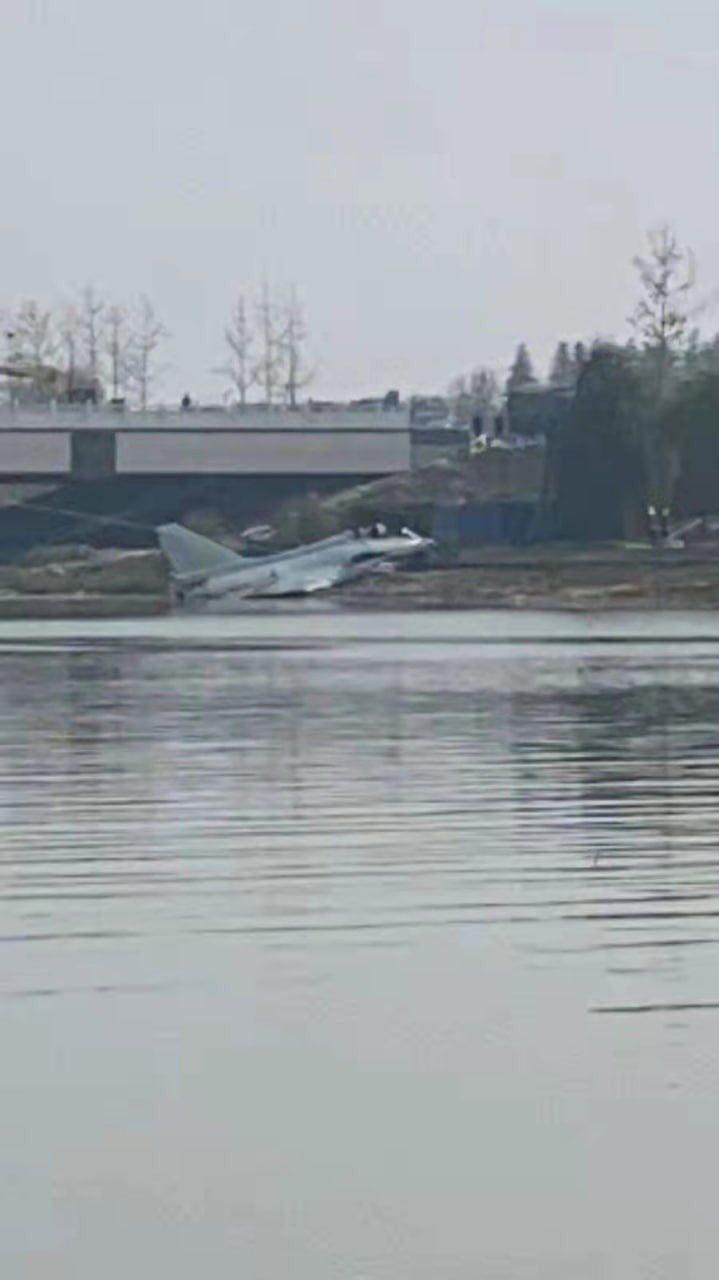
An Indian user Tweeted, “That Chinese gent is like “Oh! we get these falling everyday, no biggie!” Some commented on the ingenuity of the landing technique while others retorted that the pilots ejected too late. While others described the J-10 as the moniker of “Junk-10.”
The J-10 (NATO reporting name Firebird) is a single-engine, lightweight multirole fighter capable of all-weather operation. It was designed for air-to-air combat, and strike missions of the People’s Liberation Army Air Force (PLAAF).
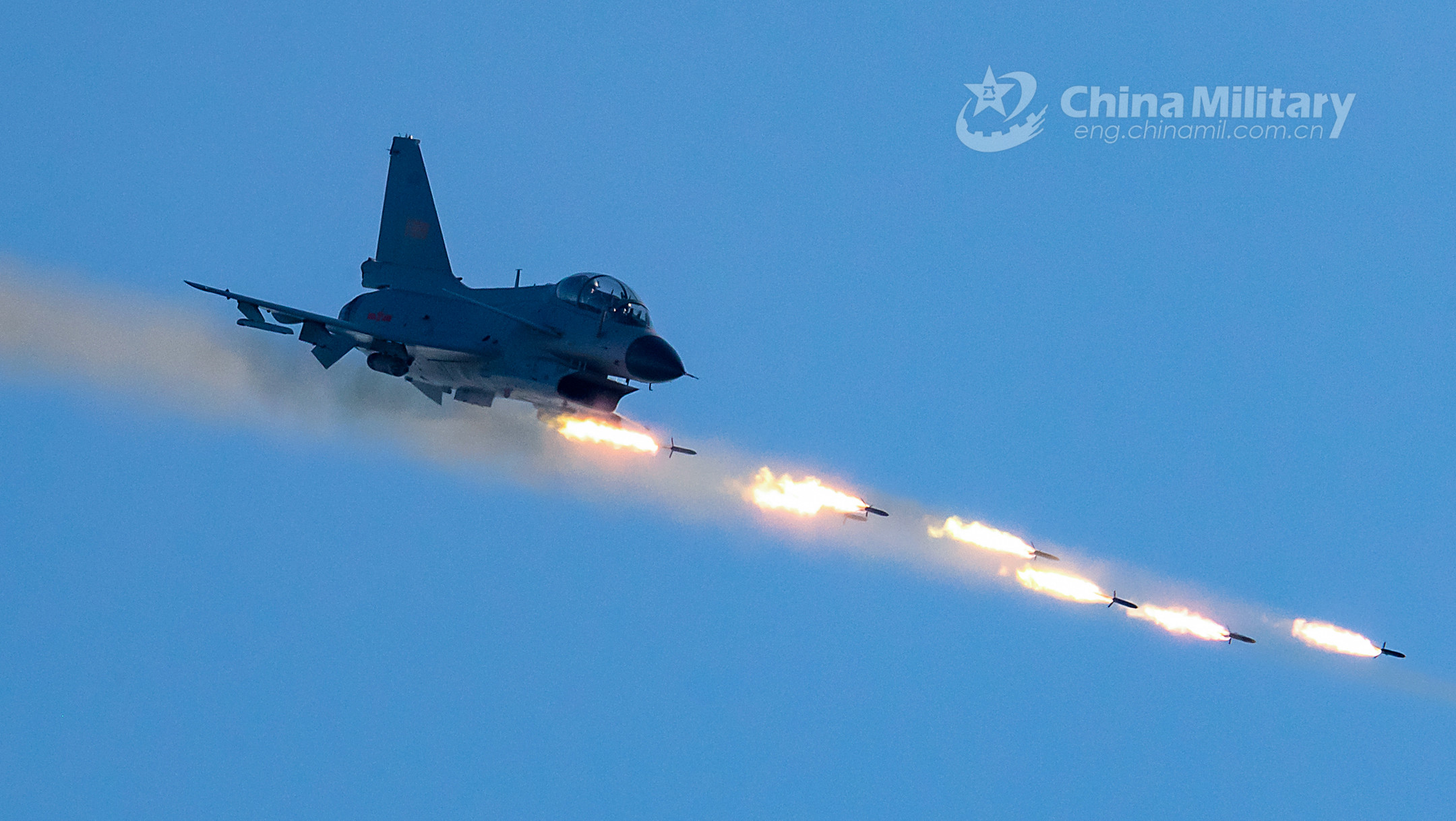
Produced by the Chengdu Aircraft Corporation (CAC), the J-10 made its maiden flight way back in 1998 and was declared operational in 2003, after almost 18 years of development.
Making the backbone of the Chinese Air Force, more than 300 J-10s still remain in the fleet, while close to 25 naval variants of the fighter are in service with the PLA Navy, The Eurasian Times reported earlier.
The IAF Jet Crash
The crash of the Mirage 2000 in India, however, evoked strong reactions from Indian netizens, some of whom blame the IAF and government for the mishap. An ex-serviceman, @MajorSaurabhSh1, tweeted, “Can you count how many plan crash in last one year? And why so much plan crash? Who owns the responsibility?”
Then, a veteran defense journalist, who did not wish to be named, told this correspondent, “Our government and the IAF top brass wants more obsolete Mirage aircraft. Shame on them!”
One of my brother in arms ejected. He is safe Sqn Ldr Abhilash #mirage2000 pic.twitter.com/TFBgvpxITu
— MJ Augustine Vinod ?? (@mjavinod) October 21, 2021
Chinese netizens also took a pot-shot at the Indian crash. A prominent Twitter handle mocked Indian Air Force capabilities while comparing it to their own fighter aircraft – the J-10 that was able to securely land near the river while the IAF jet was up in the flames.
The EurAsian Times had earlier reported about the IAF’s Mirage 2000 jets getting a midlife refit. Experts had cautioned against the prolonged use of the aging and obsolete Mirage 2000s. The latest crash was seen as a case in point. Here’s what actually happened.
An IAF Mirage 2000 crashed near Madhya Pradesh’s Bhind district on October 21. There were no casualties as the pilot ejected safely. The IAF announced this crash via Twitter.
The debris of the aircraft was found on an empty field in Mankabad, around 6 km from Bhind, in a visual which a team of policemen said to be the smoldering tail section of the trainer jet.
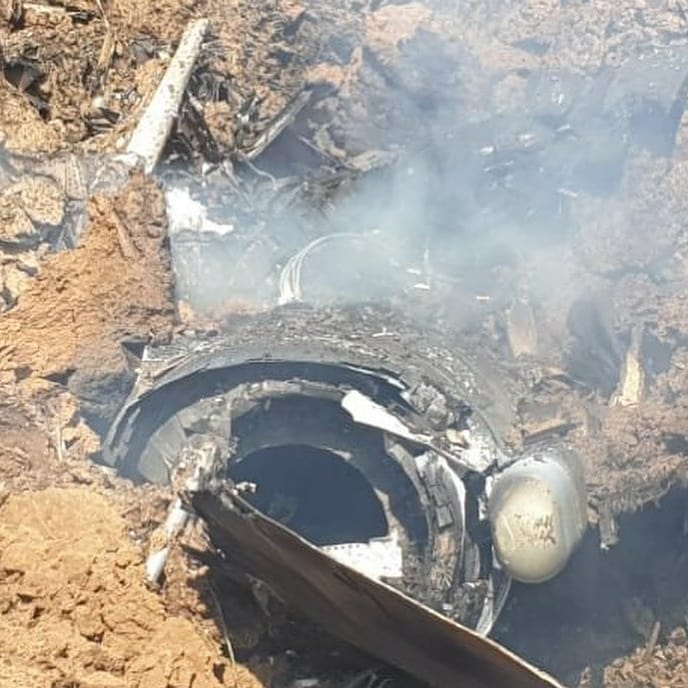
According to a police official, it was around 10 am when they learned that the incident had occurred. The police contacted the IAF, which arrived at the site within 10 minutes. The pilot was provided with first aid. An air ambulance arrived and took the pilot to Gwalior for further treatment, the official added.
In the past, the Mirage 2000 played a decisive role in several operations conducted by the IAF, including the 1999 Kargil War. Commissioned in 1985, the Mirage 2000 is considered one of the most versatile aircraft of the IAF.
Soon after its induction into the service, the fighter was christened as ‘Vajra’ (meaning thunderbolt). The aircraft is equipped with nine hardpoints (5 on the fuselage and two on each wing) for carrying weapon system payloads. Additionally, two internally mounted high-firing-rate (HFR) 30mm guns are also armed in the single-seat version of the aircraft.
Mirage 2000
The Mirage 2000 also supports the MICA multitarget combat missiles along with Magic 2 combat missiles. In fact, the jet can carry four MICA missiles which have a maximum operating range of 60 km along with three drop tanks and two Magic missiles simultaneously.
An MBDA Sky Flash air-to-air missile can be fired from the Mirage 2000-5 as an alternative to the MICA missile.
The Mirage-2000s have long been completely phased out by the French Air Force in favor of the Rafale. However, the production of compatible spare parts will also be stopped. Although the jet is now battle-weary, the IAF is still in possession of a fleet of 50 Mirages in its inventory.
Can you count how many plan crash in last one year ? And why so much plan crash ? Who owns the responsibility ?
Indian Air Force (IAF) plane crashes in Bhind, Madhya Pradesh. Pilot in safe condition.#IAF #planecrash #Pilot #AirForce #IndianArmy #MIG pic.twitter.com/gVwvL2dg9M
— Major Saurabh Sharma Retd (@MajorSaurabhSh1) October 21, 2021
India is purchasing phased-out Mirages from the French company so as to prolong the lifespan of the fleet by keeping up a supply of replacement gear. Spare parts are also being stocked up while they are still available.
In August-September this year, a contract was signed to purchase the phased-out Mirages which ANI reported shall not be used for flying and will only be used to improve the spares and airframe capability to aid the serviceability of the fleet.
While around half of the fleet has undergone extensive upgrades, the process of upgrading is slow. To prolong the fleet’s lifespan by another decade, the remaining jets are expected to be upgraded soon.
Mid-Life Refit or Crisis?
The EurAsian Times had reported on the IAF’s rationale behind the planned acquisition of two dozen secondhand Mirage 2000s. The report had relayed concerns raised by military analysts who viewed this as an outdated concept given countries are moving toward fifth and six-generation aircraft.
Furthermore, the lack of a clear national security policy, which could define IAF’s role in the broader security framework seems to be adding to its woes.
Shashwat Gupta Ray, a veteran defense journalist had shared his safety concerns over the use of Mirage 2000s, “I fail to understand the rationale behind flying rehashed aircraft. We have already seen how troublesome the MiG-21s have been in terms of air accidents and developing engine failures. We are now going even further back and refitting the Mirage 2000s.
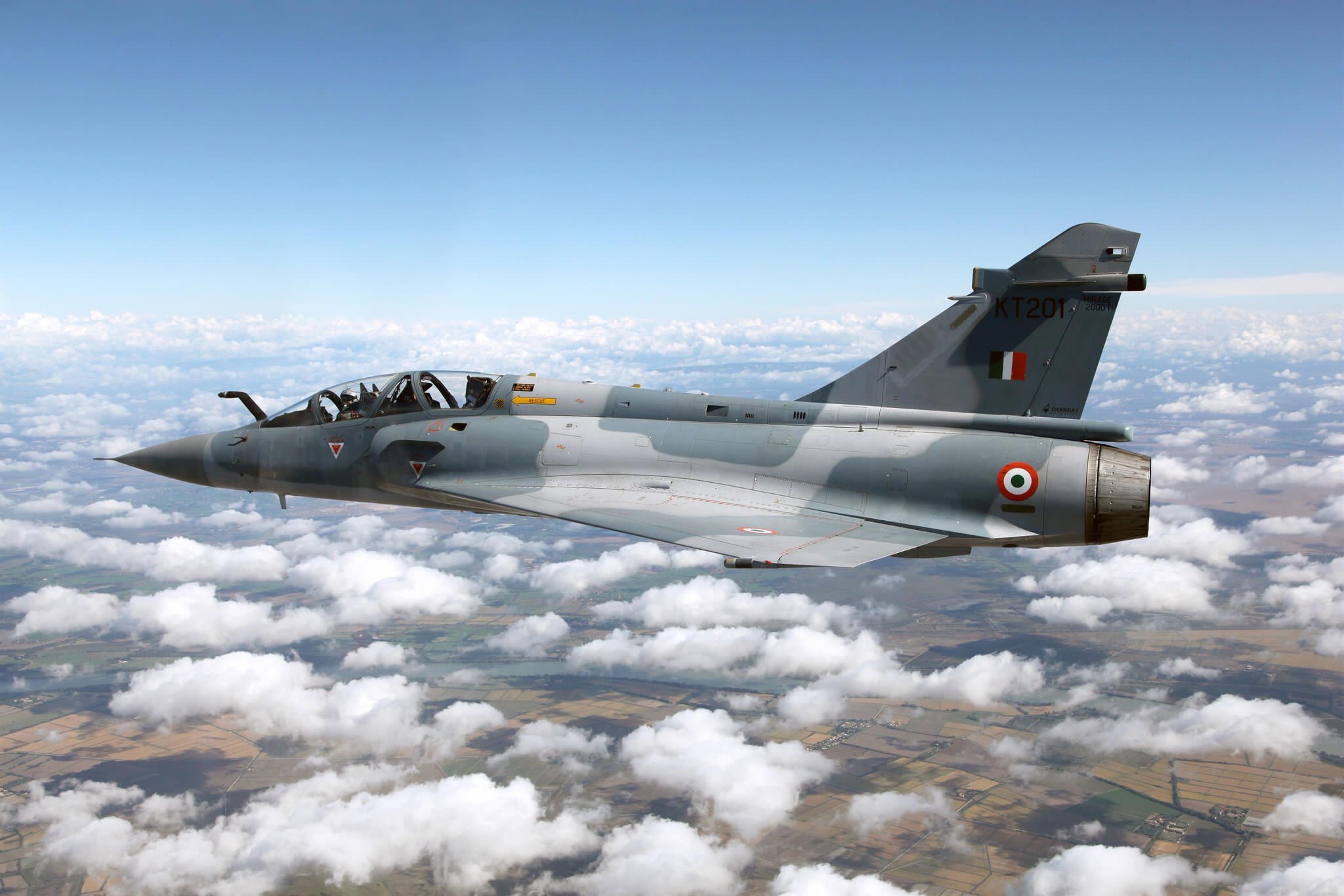
“Sure, the Mirage 2000s may have performed very well in various conflicts — the Kargil war, and the recent Balakot strikes — but there is a limit to procuring old resources. The world is moving towards 5th and 6th generation aircraft, and we are still talking of procuring Mirage 2000s?
“Our only saving grace seems to be that our trained personnel who operate these war machines have delivered and made up for technological shortfalls. But this too has needlessly led to the loss of lives. Have we not learned from the mishaps and loss of pilots? This went on despite various upgrades. Do we want to repeat this tragic history with the acquisition of the Mirage 2000s?”
- Aritra Banerjee is a defense journalist who has worked in both online and print media. He has laid an emphasis on issues related to military human resources, tactical psychology, military-media relations, professional military education, and combat fitness. He can be reached on email: aritrareporter@gmail.com.
- Follow EurAsian Times on Google News



